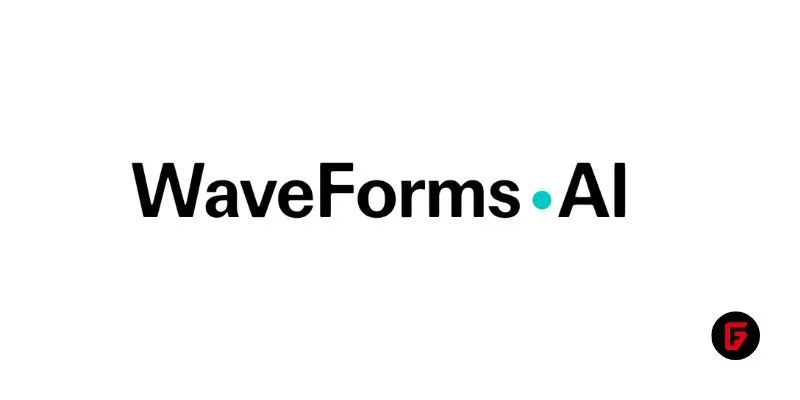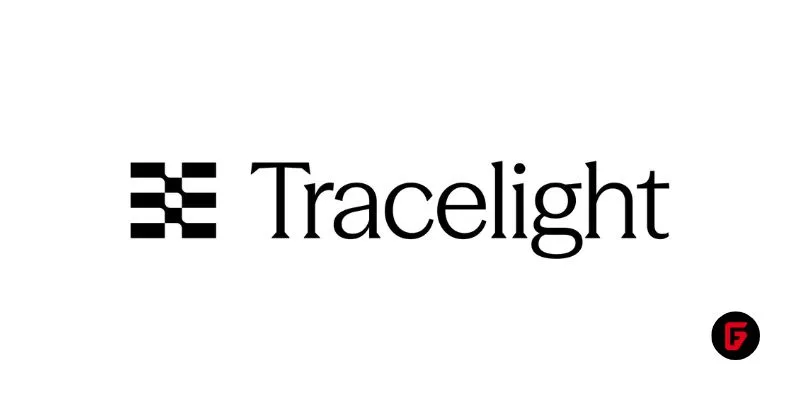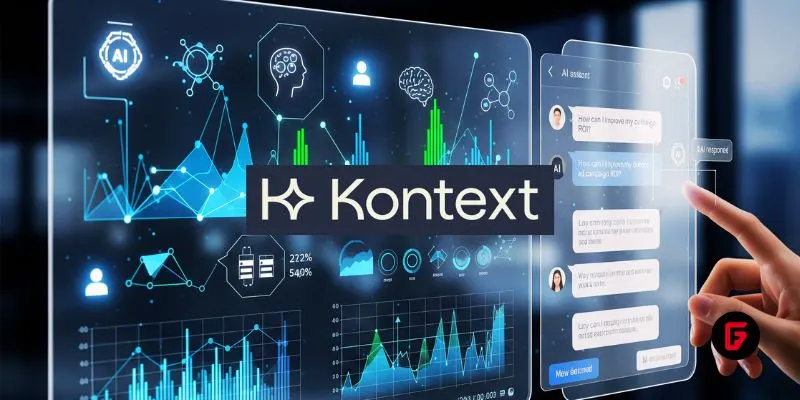
By futureTEKnow | Editorial Team
2025 has been a wild ride for the semiconductor sector, and while Nvidia remains the undisputed leader in AI chips, it’s not the top stock performer this year. Instead, competitors like Micron, KLA, and Lam Research are leading the pack in terms of stock gains. So, what’s driving this surprising shift—and does it signal a bigger change in the AI hardware landscape?
Nvidia’s dominance in AI GPUs is well established, with a commanding share of the data center and AI chip market. But after several years of explosive growth and a stock price that soared over 1700% since 2020, some investors are rotating into other semiconductor names. The reason? Opportunity. As AI adoption spreads, the demand for memory chips, semiconductor equipment, and alternative AI accelerators is surging. This broader AI infrastructure build-out is a boon for companies beyond Nvidia.
Micron, for instance, is up over 44% this year, outpacing Nvidia’s 13% gain. The reason is simple: AI models are getting bigger and hungrier for memory, and Micron’s DRAM and NAND products are in high demand. Meanwhile, KLA and Lam Research, both critical suppliers of semiconductor manufacturing equipment, are seeing their order books fill up as chipmakers race to expand capacity for AI and advanced computing.
Nvidia’s gross margins, while still robust, have started to contract as competition intensifies and pricing power is tested. At the same time, the stock’s meteoric rise in prior years means it’s no longer the “undervalued” play it once was. Investors are now looking for the next wave of growth—and some see better risk/reward profiles in companies that supply the picks and shovels for the AI gold rush.
Another factor: competition is heating up. AMD, for example, is rolling out new AI chips that rival Nvidia’s in power efficiency and memory bandwidth, targeting the same lucrative data center and AI workloads. As hyperscalers and enterprise buyers diversify their AI hardware suppliers, Nvidia’s rivals are capturing more of the market’s upside.
It’s important to note: Nvidia’s fundamentals are still strong. The company continues to post impressive revenue growth, especially in data centers and automotive partnerships. Analysts remain bullish on its long-term prospects, citing its deep moat in AI software and hardware integration. But in 2025, the story is about sector rotation, margin pressures, and the rise of alternative plays in the AI ecosystem.
Nvidia is still the king of AI chips, but in 2025, the best stock returns are coming from rivals riding the next phase of AI infrastructure growth. For investors and tech watchers, the message is clear: the AI revolution is bigger than any one company, and the opportunity set is expanding fast.

Traditional Medicare will pilot AI-assisted prior authorization in 2026 across six states, focusing on high-risk outpatient services. Clinicians retain final say, but incentives and access concerns loom as CMS tests fraud reduction and “gold card” exemptions. Here’s what providers and patients should know.

OpenArt’s new “one-click story” compresses scripting, visuals, and edits into ready-to-post short videos—fueling viral growth and a fresh IP debate. We break down how it works, adoption signals, what’s next (multi-character, mobile), and practical guardrails creators and brands should follow to stay original and compliant.

OpenAI’s o3 swept the Kaggle AI chess tournament, defeating xAI’s Grok 4–0. The victory fueled the intense rivalry between Altman and Musk, reshaping AI benchmarks.

Pinterest’s CEO confirms that fully agentic AI shopping is years away, as the platform invests in AI-powered tools to enhance discovery, inspiration, and personalized shopping experiences for millions.

Shopify’s new AI shopping tools are transforming e-commerce, letting agents and chatbots deliver smooth, personalized shopping and checkout experiences across platforms. Learn how these innovations reshape online retail.

Meta has acquired WaveForms AI, a startup pioneering emotion-detecting voice technology. Learn what this means for Meta’s AI voice ambitions and the future of AI audio.

Tracelight is revolutionizing financial modelling for finance professionals with AI-powered Excel tools that automate complex tasks, reduce errors, and unlock new analysis capabilities. Learn how this next-gen solution changes the future of spreadsheets.

Microsoft rolls out GPT-5 across its Copilot suite, integrating smarter AI for enterprise and personal users. Discover new features, free access, and what sets this launch apart.

OpenAI’s GPT-5 is now live for all ChatGPT users. It brings faster, smarter AI with improved reasoning, expanded context, and safer outputs—marking a major leap in generative technology.

Chai Discovery’s $70M funding ushers in a new era for AI-powered antibody design, promising faster, more successful drug discoveries with its breakthrough Chai-2 model.

Discover how Google’s Gemini generative AI is revolutionizing Android—making your phone smarter, faster, and truly personal with next-gen features and privacy-first innovation.

Kontext lands $10M seed round to fuel its generative AI advertising platform, enabling brands to deliver personalized, context-rich real-time ads in AI applications and chatbots.
To provide the best experiences, we use technologies like cookies to store and/or access device information. Consenting to these technologies will allow us to process data such as browsing behavior or unique IDs on this site. Thanks for visiting futureTEKnow.